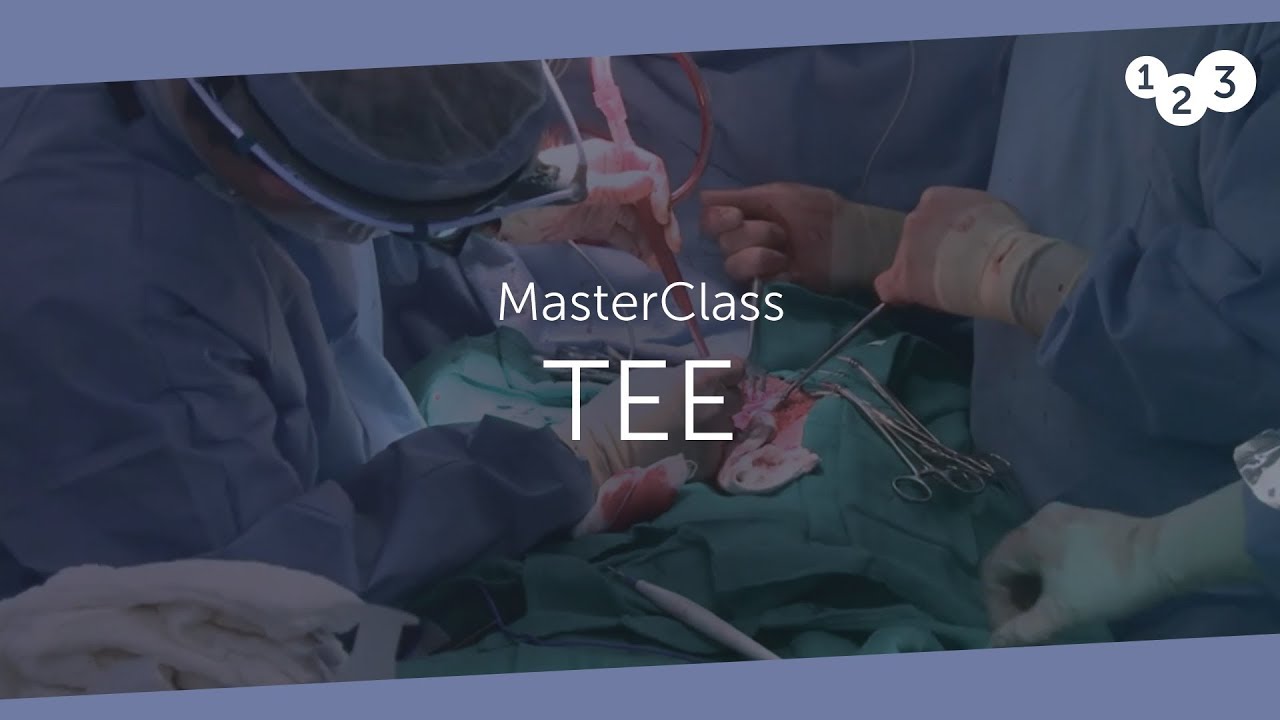The Benefits of Tee Test
In this article, we will explore the benefits of the Tee Test, a diagnostic procedure used to evaluate the functioning of the heart. As a leading SEO and high-end copywriter, we understand the importance of crafting exceptional content that can surpass other websites in search rankings. We aim to provide you with comprehensive information on the benefits of the Tee Test, optimized for the same keywords as the top-ranking article on Google search results.
Understanding the Tee Test
The Tee Test, also known as Transesophageal Echocardiography, is a specialized imaging technique that allows doctors to obtain detailed images of the heart. Unlike a regular echocardiogram, which is performed on the outside of the chest, the Tee Test involves inserting a small ultrasound probe into the esophagus, providing a closer and clearer view of the heart’s structures.
Why is the Tee Test performed?
The Tee Test is performed for various reasons, including:
Evaluating heart valve function
Detecting blood clots or abnormalities within the heart
Assessing the overall function of the heart
Diagnosing congenital heart defects
Guiding surgical procedures
The Benefits of the Tee Test
Now, let’s delve into the key benefits of the Tee Test:
Accurate Diagnosis
The Tee Test allows for a more precise and accurate diagnosis of various heart conditions. Providing detailed images of the heart’s structures enables doctors to identify abnormalities, such as valve defects or blood clots, with greater clarity. This leads to more accurate treatment plans and improved patient outcomes.
Minimally Invasive
Compared to other diagnostic procedures, the Tee Test is considered minimally invasive. While it does involve the insertion of a probe, it is generally well-tolerated by patients and carries a lower risk of complications. This makes it a preferred choice for individuals who may not be suitable candidates for more invasive procedures.
Real-Time Imaging
During the Tee Test, the ultrasound probe provides real-time imaging of the heart. This allows doctors to visualize the heart’s structures and functions as they happen, providing immediate feedback and enhancing the accuracy of the diagnosis. Real-time imaging is particularly beneficial during surgical procedures, as it helps guide the surgeon in making precise interventions.
Improved Visualization
The Tee Test offers improved visualization compared to traditional echocardiograms. By positioning the ultrasound probe closer to the heart, it captures higher-resolution images, enabling doctors to detect even subtle abnormalities. This enhanced visualization aids in the early detection of heart conditions, leading to timely interventions and better patient outcomes.
Versatility
One of the significant advantages of the Tee Test is its versatility. It can be used to evaluate various heart conditions, including valve disorders, congenital heart defects, and abnormalities in the heart’s structure. Additionally, it can be utilized during different stages of treatment, from initial diagnosis to post-surgical follow-ups, providing valuable insights throughout the patient’s care journey.

The Tee Test, or Transesophageal Echocardiography, offers numerous benefits in diagnosing and evaluating heart conditions. Its accurate diagnosis, minimally invasive nature, real-time imaging, improved visualization, and versatility make it an invaluable tool in the field of cardiology. By understanding the benefits of the Tee Test, patients and healthcare professionals can make informed decisions regarding their cardiac health. If you have concerns about your heart health, consult with a qualified healthcare provider to determine if the Tee Test is suitable for you.
Frequently Asked Questions about the Benefits of Tee Test
1. What is a Tee Test?
A Tee Test, also known as a Transesophageal Echocardiogram, is a diagnostic procedure that uses sound waves to create detailed images of the heart and its blood vessels.
2. How is a Tee Test different from a regular echocardiogram?
A Tee Test is performed by inserting a probe down the throat into the esophagus, allowing for a closer and clearer view of the heart structures compared to a regular echocardiogram.
3. What are the benefits of a Tee Test?
The benefits of a Tee Test include:
Obtaining more accurate images of the heart
Assessing the function of heart valves
Detecting blood clots or masses in the heart
Evaluating congenital heart defects
Guiding surgical procedures
4. Is a Tee Test a painful procedure?
No, a Tee Test is not painful. You will be given a sedative to help you relax, and your throat will be numbed with a local anesthetic to minimize discomfort during the procedure.
5. How long does a Tee Test take?
A Tee Test usually takes about 30-60 minutes to complete, depending on the complexity of the examination and the findings.
6. Are there any risks associated with a Tee Test?
While Tee Tests are generally safe, there are some potential risks, including a sore throat, minor bleeding, or a reaction to the sedative. Serious complications are rare.
7. Can anyone undergo a Tee Test?
Tee Tests are typically recommended for individuals with specific heart conditions or suspected abnormalities. Your doctor will determine if you are a suitable candidate for the procedure.
8. How should I prepare for a Tee Test?
Before a Tee Test, you will be instructed to fast for a few hours. You may need to stop taking certain medications temporarily. Your doctor will provide detailed instructions on how to prepare.
9. What can I expect after a Tee Test?
After a Tee Test, you will be monitored for a short period to ensure there are no complications from the sedative. You may experience a sore throat, but this should resolve within a day or two.
10. How soon will I receive the results of my Tee Test?
Your doctor will review the images and findings from the Tee Test and discuss them with you during a follow-up appointment, typically within a few days after the procedure.




